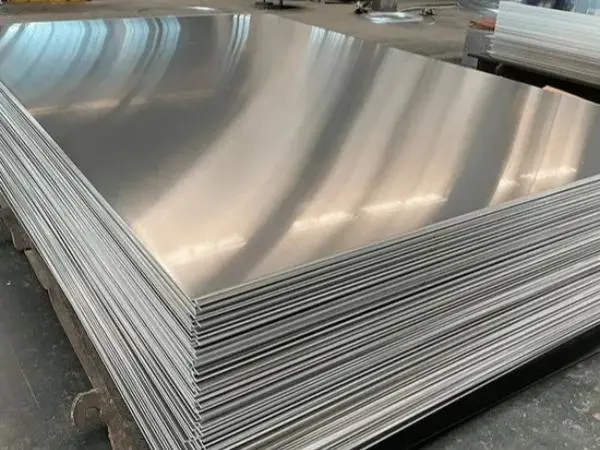- Phone0086 731 8564 8255
- E-mailsales@cscsteel-manufacturing.com
-

An H-beam, also known as a universal steel beam, wide flange I-beam, or parallel flange I-beam, gets its name from the distinctive shape of its cross-section, which resembles the uppercase letter "H." Its structure typically consists of two main parts: the web (or waist) and the flange (or edge). While it may resemble a standard I-beam when viewed from the side, H-beams differ in that the flanges' inner and outer sides are almost parallel, with the ends forming right angles.
Continental Steel Co., Ltd is professional steel H-beams manufacturer, for more details, please contact:sales@cscsteel-manufacturing.com
Advantages of H-Beams
- High Strength, Rigidity, and Load-Bearing Capacity
The H-beam’s unique cross-sectional design allows for strong friction and secure connections between the web and flanges. This results in exceptional strength and rigidity, enabling it to support heavy loads. It is widely used in large-scale building projects and bridges. For instance, in the construction of large-span structures like stadiums and exhibition halls, H-beams serve as a crucial load-bearing element, ensuring the building’s stability and safety.
- Variety and High Efficiency
H-beams come in a range of specifications to suit different project needs, classified by flange width, purpose, and production method. With wide flanges and thin webs, they are highly versatile. In truss structures, H-beams can reduce material usage by 15%-20%. For mechanical parts, engineers can select the most appropriate H-beam size based on the part’s stress requirements, ensuring optimal performance while minimizing material costs.
- Cost-Effective and Durable
The H-beam’s cross-sectional design is both economical and efficient, providing excellent mechanical properties. During the rolling process, the steel’s cross-section experiences uniform extension and minimal internal stress. This results in metal savings, lighter structures (up to 30%-40% weight reduction), and lower construction costs. Moreover, H-beams often undergo anti-corrosion and fire-resistant treatments, enhancing their durability. This makes them a long-lasting option, especially in industrial plants, where the use of H-beams reduces ongoing maintenance costs while ensuring reliable performance over time.
Disadvantages of H-Beams
- Despite their many benefits, H-beams also have some drawbacks:
Heavy Weight and Increased Transportation Costs
Due to their material and size, H-beams are relatively heavy. This requires the use of larger, more specialized transportation equipment, leading to higher transportation costs.
- Complex Installation Requirements
The installation of H-beams demands the use of heavy lifting equipment and additional manpower. This increases the complexity and cost of installation.
- Limited Design Flexibility
The fixed “H” cross-sectional shape may not be suitable for all construction projects. Buildings with unique or irregular shapes—such as art venues or bridges with unconventional designs—might not find H-beams ideal for their structural needs.
- Surface Imperfections
During the production of H-beams, surface defects such as rolling marks or iron oxide scale can occur. These imperfections require additional treatment steps, such as grinding, rust removal, or painting, which increase both processing time and costs.
In summary, while H-beams offer numerous advantages, such as high strength, versatility, and cost-effectiveness, they also present challenges in transportation, installation, and surface treatment that need to be considered when selecting them for specific projects.




